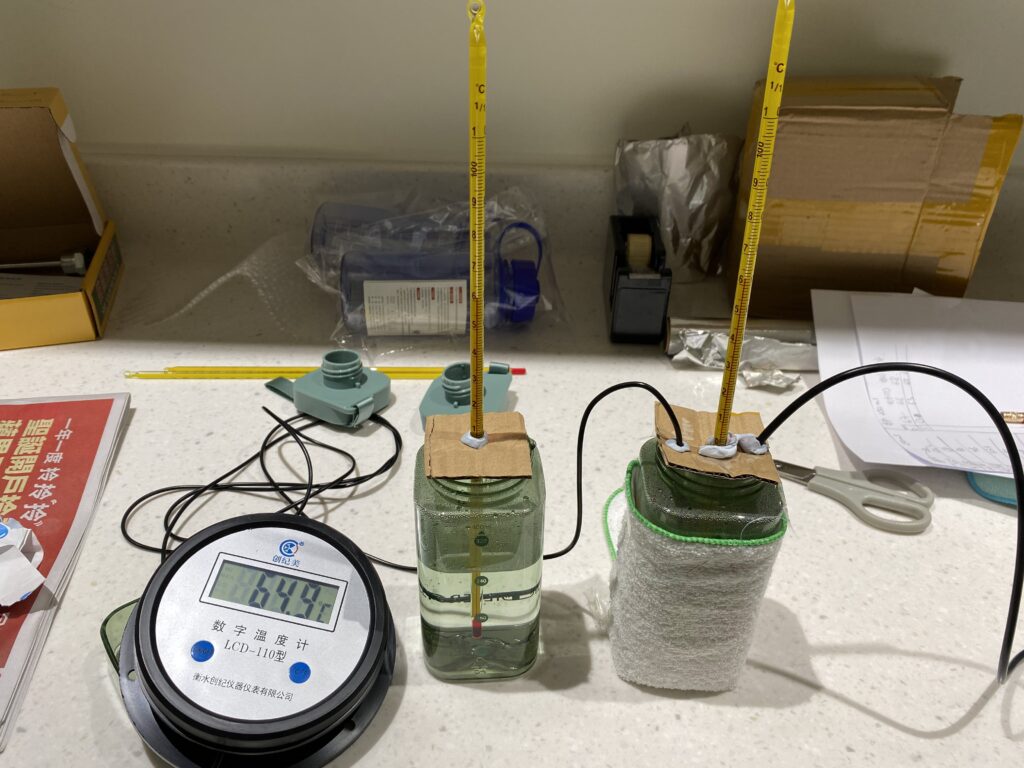Science Investigation
Science Investigation on Density
Description: We want to introduce the concept of density to the junior secondary level start out simple, therefore, we create two activities to show density in liquid form and solid form. A column of density can show liquid density cleanly. In the second activity, we use table salt and straw to do an experiment showing solid density. Through observation of sinking and floating objects, the relationship between volume and mass is shown.
School: Wellington Education Organization Chang Pui Chung Memorial School (S1)
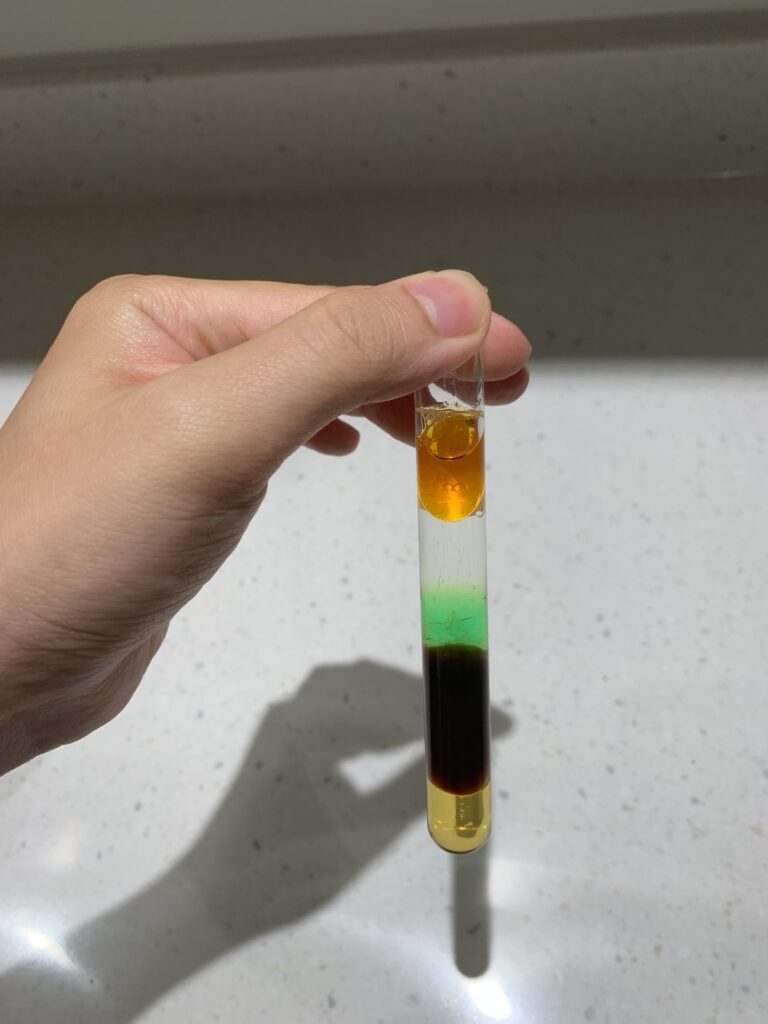
Mathematics in building Tetrahedral Kite
Description: Tetrahedral-shaped kites could be made into larger structures increasingly and keep the ratio nearly constant. Due to this reason, the kite can afford stress evenly and fly steadily with contribution from other factors. Therefore, we have done several tests for example on build-up structure, use of materials and environmental factors.
School: Ying Wa Primary School (P5)
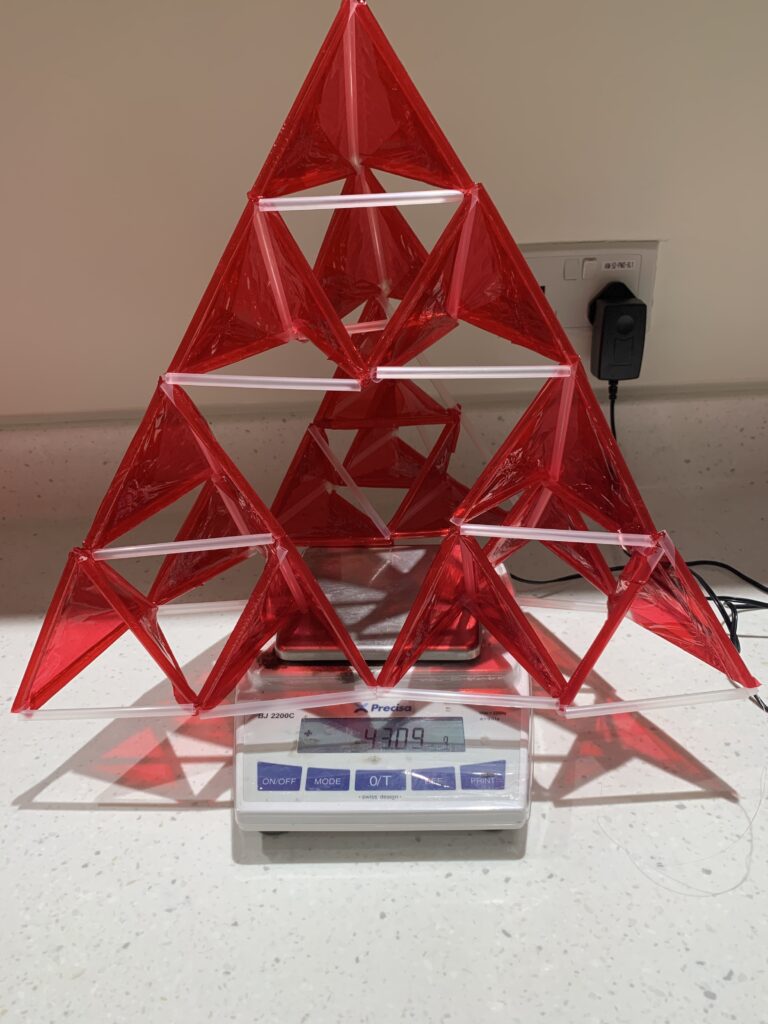
Exploration of Magnetic Materials with Compass
Description:
School: H.K.T.A. The Yuen Yuen Institute Shek Wai Kok Primary School (P2)

Comparison Different Materials for Water Filter
Description: We try to explore what materials have the best capability for filtering. We have tested several materials for filtering for example sponge, towel and active carbon. Sponge and towel may filter some slag with a certain size, however, if the slag has any colour or dye, it cannot absorb with those filters but active carbon can.
School: Sha Tin Public School (P5)
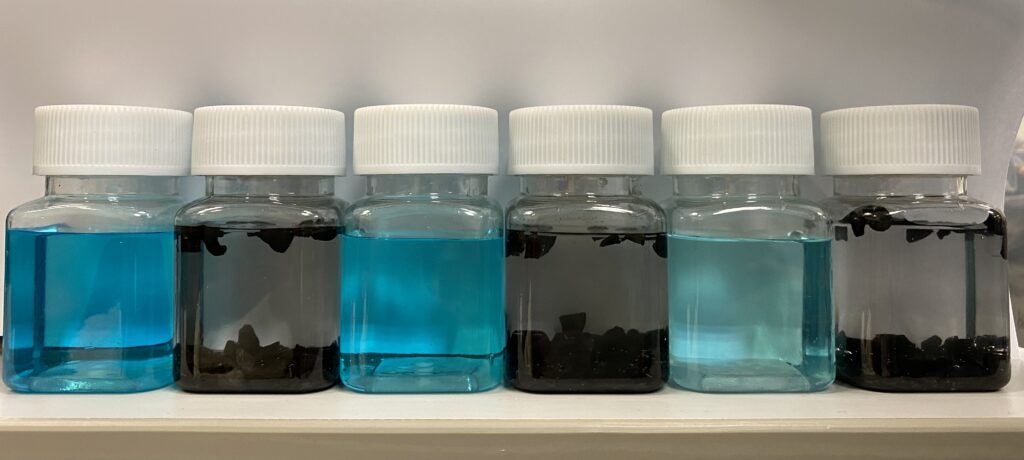
Wind Turbines Design for Alternative Energy
Description: We use different materials for example paper and plastic to make the fan of the wind turbines. After testing with outdoor wind and electronic fan wind connected with a voltmeter, we can know how much power those designed wind turbines generated.
School: Lok Wah Catholic Primary School (P5)
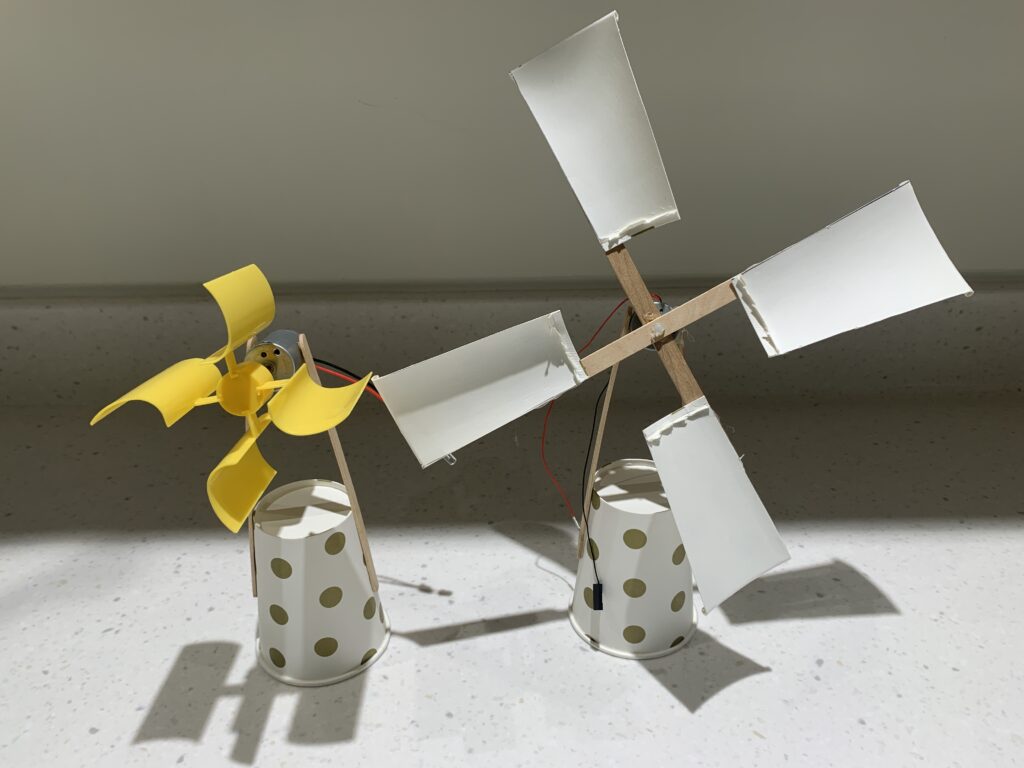
Comparison Different Materials for Thermos Sleeve
Description: We want to assess what materials will be the greatest opinion for making a thermos sleeve. We try to cover a water bottle with a towel, styrofoam, newspapers, cardboard and bubble wrap respectively and compare them with a normal water bottle without any cover, also filled with hot water, in order to find out which thermos sleeve design can keep the water warm and slow down the time of getting water becomes cool. In this experiment, students can know what is energy lost.
School: Hong Chi Morninghope School, Tuen Mun (Special School)
